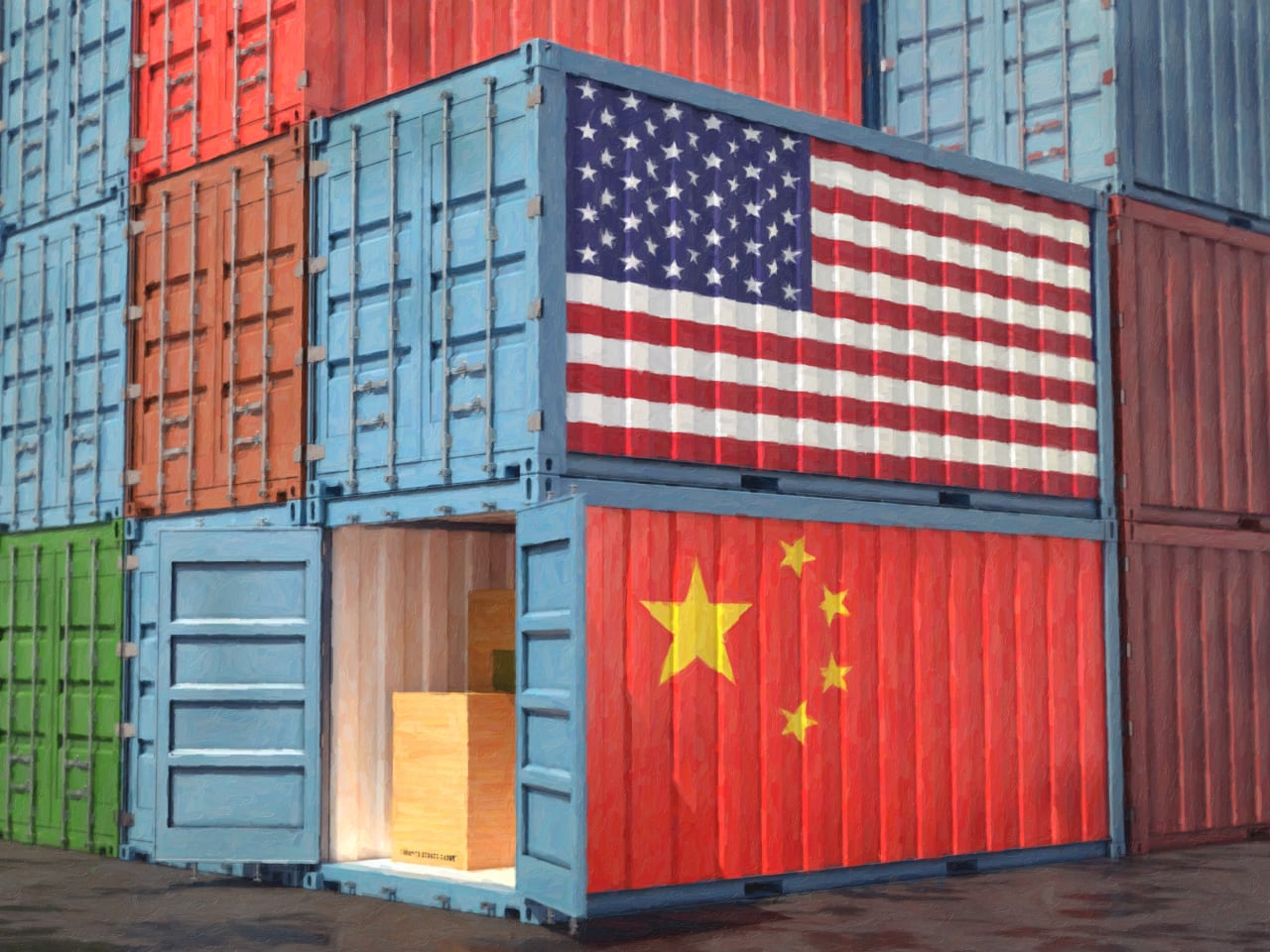Grocery prices are climbing. Tech gadgets are getting pricier. New cars and repairs will soon cost more. Now, it’s official—President Trump has signed new tariffs on Canada, Mexico, and China, marking one of the most aggressive trade shifts in U.S. history.
With import taxes as high as 25%, these tariffs are expected to drive up prices quickly, impacting food, electronics, cars, home goods, energy, and housing materials.
What happens next? A full-scale trade war is looming, with Canada and Mexico preparing to retaliate. Consumers, businesses, and financial markets are bracing for impact.
Trump Signs Tariffs: What’s Included?
On Saturday, February 1, 2025, President Trump signed executive orders imposing:
✔ 25% tariffs on imports from Canada and Mexico
✔ 10% tariffs on imports from China
✔ 10% tariffs on Canadian energy imports (to minimize disruption in U.S. gasoline and home heating costs)
Trump invoked the 1977 International Emergency Economic Powers Act (IEEPA) to declare a national economic emergency, citing fentanyl trade, illegal migration, and trade imbalances as justifications.
A senior Trump official declared that “tariffs on imports from Canada, Mexico, and China are SIGNED!”
While no clear timeline for the tariffs has been announced, officials say they will remain until trade conditions “favor the United States.”
Which Products Will Cost More Under Trump’s New Tariffs?
- Groceries: Prices for fresh produce, meat, dairy, and packaged foods from Mexico and Canada will increase by up to 15%.
- Tech & Electronics: Expect higher prices on iPhones, laptops, TVs, and smart home devices as new tariffs hit Chinese imports.
- Cars & Repairs: Auto parts from Canada and Mexico will make new vehicles and car repairs costlier.
- Home Goods & Lumber: Washing machines, refrigerators, furniture, and building materials like Canadian lumber could see double-digit price hikes.
- Energy & Fuel: Canadian crude oil imports will now face tariffs, potentially driving up U.S. gas prices despite Trump’s promise to cut energy costs.
According to Yale’s Budget Lab, these tariffs could reduce the average middle-class family’s purchasing power by $1,250 per year.
Canada & Mexico Prepare for Retaliation
Canadian Prime Minister Justin Trudeau has vowed a “forceful and immediate response.” Officials in Ottawa are considering imposing retaliatory tariffs on key U.S. exports, particularly from politically significant states. Proposed measures include tariffs on Florida orange juice, Tennessee whiskey, U.S. agricultural exports, industrial equipment, and energy products. Canada has signaled that additional trade penalties could follow if the situation escalates.
Mexico is also evaluating tariffs on American goods worth $360 billion, which could directly impact U.S. industries reliant on cross-border trade. Mexican officials have warned that these retaliatory duties could target American auto manufacturers, agricultural exports, and consumer goods, raising costs for U.S. companies and consumers alike.
Francisco Sanches, former U.S. Undersecretary of Commerce, called Trump’s move “unprecedented,” stating:
“This isn’t about rolling back another administration’s work. This is him reversing his own policies.”
The United States-Mexico-Canada Agreement (USMCA), which Trump once hailed as a trade victory, is now under threat well before its scheduled 2026 review. These new tariffs could unravel the pact, upending decades of established trade relationships among North America’s three largest economies.
How Much Will the Economy Suffer? Experts Weigh In
Economists warn that the tariffs could stoke inflation, shrink GDP, and destabilize key industries.
- Yale’s Budget Lab: Middle-class families could see a $1,250 loss in purchasing power annually.
- EY Chief Economist Greg Daco: If tariffs remain, the U.S. GDP could shrink by 1.5% in 2025 and 2.1% in 2026.
- Committee for a Responsible Federal Budget: Tariffs could raise $1.5 trillion over 10 years—but at the cost of higher prices for consumers.
- Peterson Institute: Mexico’s economy would take a catastrophic hit, likely increasing illegal border crossings—directly contradicting Trump’s immigration goals.
The U.S. stock market fell sharply on Friday ahead of the signing, with investors citing uncertainty, inflation fears, and supply chain concerns.
iPhones, Laptops & TVs: Tech Prices Are Going Up
China remains the world’s biggest electronics supplier, and tariffs on Chinese imports will drive up smartphone, laptop, and tablet prices.
- Smartphones and laptops: Apple, Samsung, and other brands rely on Chinese factories. New tariffs could increase the cost of an iPhone or MacBook by $100 or more.
- TVs & Streaming Devices: As manufacturing costs rise, expect price increases on televisions, Amazon Fire Sticks, and Google Chromecasts.
- Smart Home Devices: Amazon Echo, Google Nest, and home security cameras will become pricier.
Retailers may absorb some costs initially but expect to see higher prices by mid-year.
Lumber Tariffs Could Keep Home Prices High
Canadian lumber is a crucial building material in the U.S. housing market. Tariffs could:
- Raise the cost of new homes
- Increase renovation costs
- Make housing even less affordable
Dustin Jalbert, senior economist at Fastmarkets, warns:
“Consumers will pay for this because less supply in the market means higher prices.”
The National Association of Home Builders has already raised concerns that these tariffs will worsen the ongoing affordability crisis.
What Can You Do to Avoid Higher Prices?
- Buy Now Before Prices Rise: If you’re planning to purchase a new phone, car, or appliance, do it before retailers fully absorb tariffs.
- Look for U.S.-Made Alternatives: Domestic brands may avoid some price hikes, making them a smarter choice.
- Monitor Discounts Closely: Sales and promotions may disappear, so take advantage of deals while they last.
Are These Tariffs Here to Stay?
Trump has not provided a timeline for removing the tariffs. House Agriculture Chair Glenn Thompson, a Trump ally, praised the move:
“President Trump’s tariff policy has been an effective tool in leveling the global playing field and ensuring fair trade for American producers.”
Senator Rand Paul, a Trump ally, strongly disagreed:
“Tariffs are simply taxes. Taxing trade will mean less trade and higher prices.”
The White House refuses to address concerns about inflation:
Press Secretary Karoline Leavitt dodged a question on whether Trump would reverse the tariffs if prices rise, calling it “a hypothetical question.”
With no expiration date in sight, these tariffs are likely to shape consumer prices well into 2025 and beyond.



